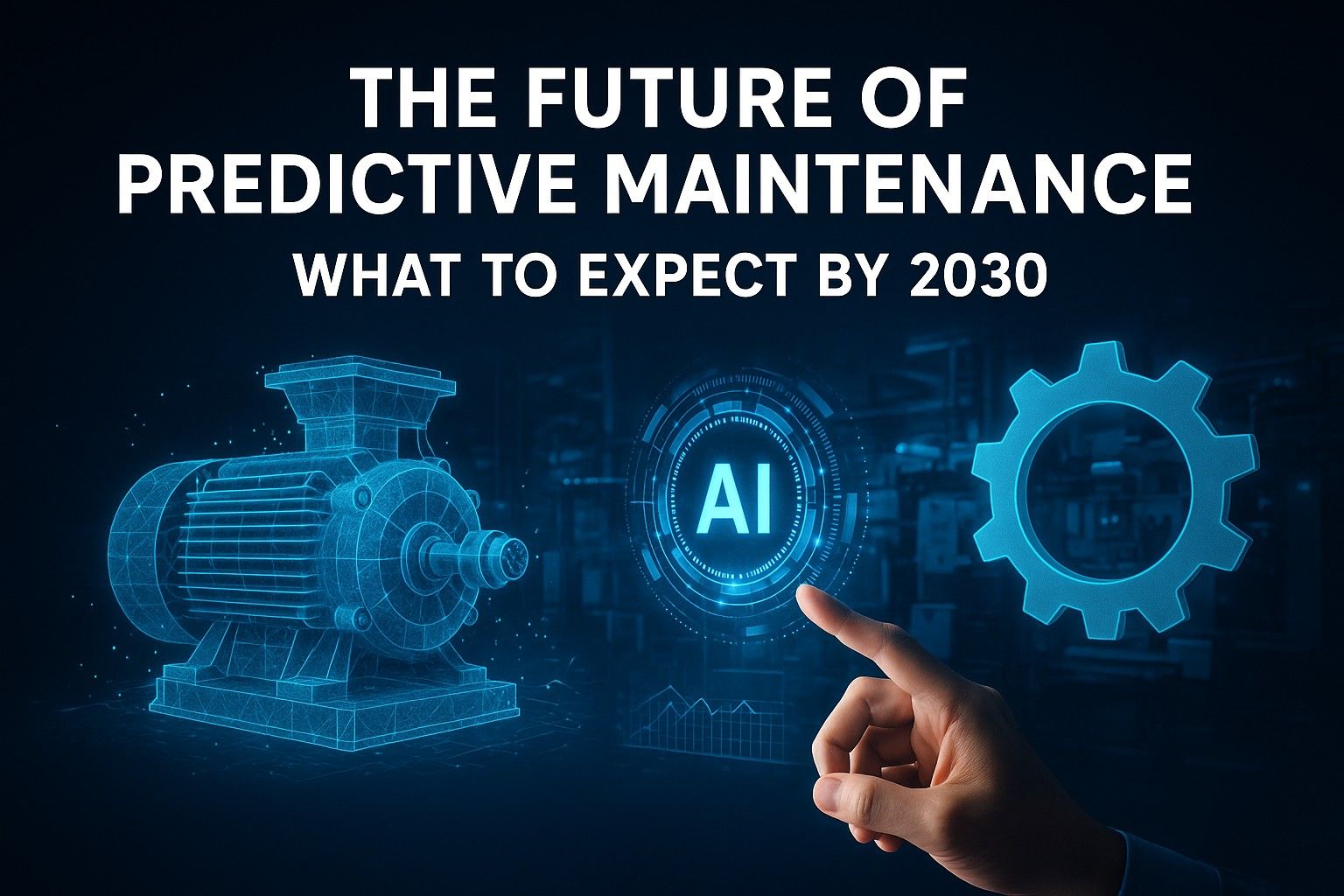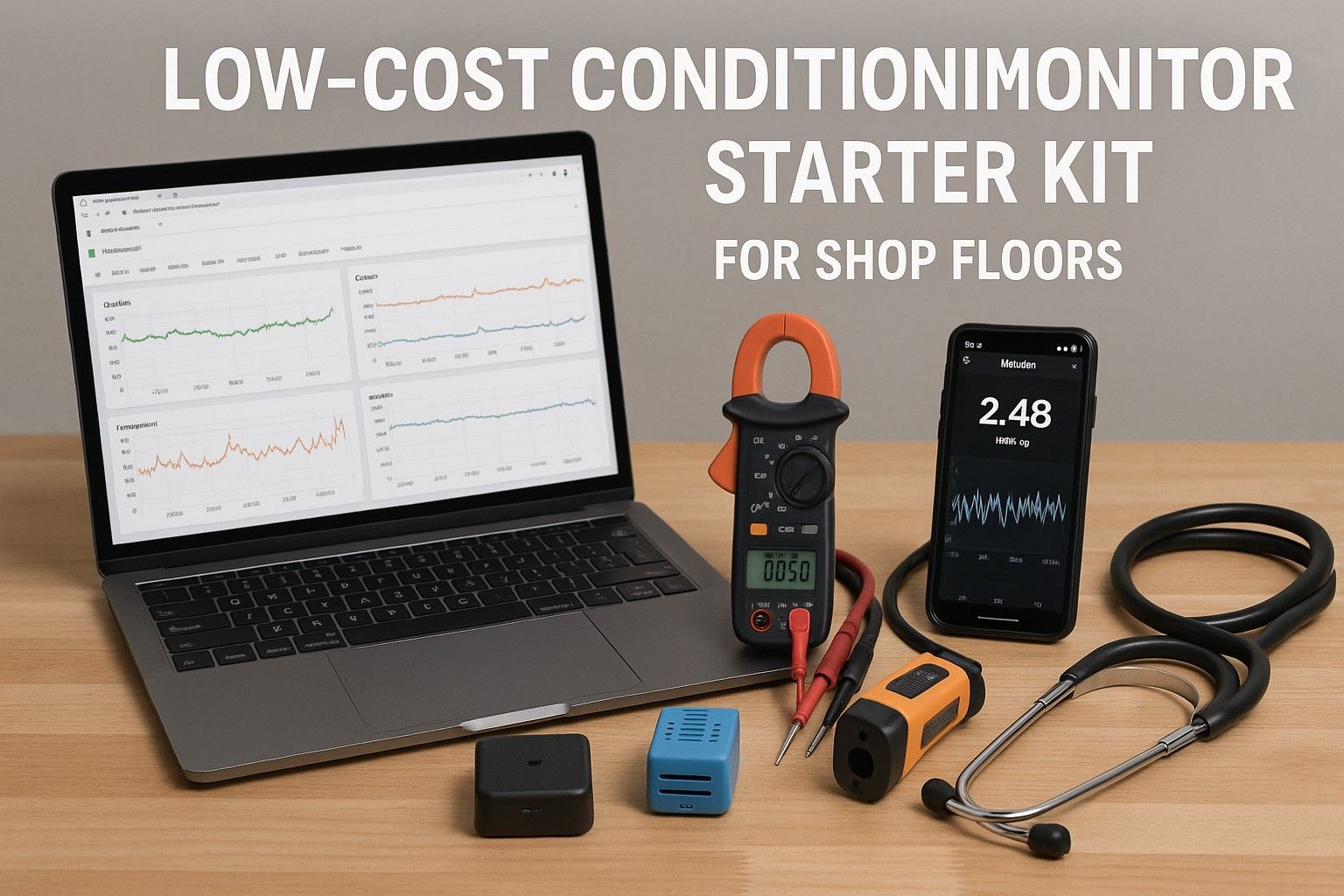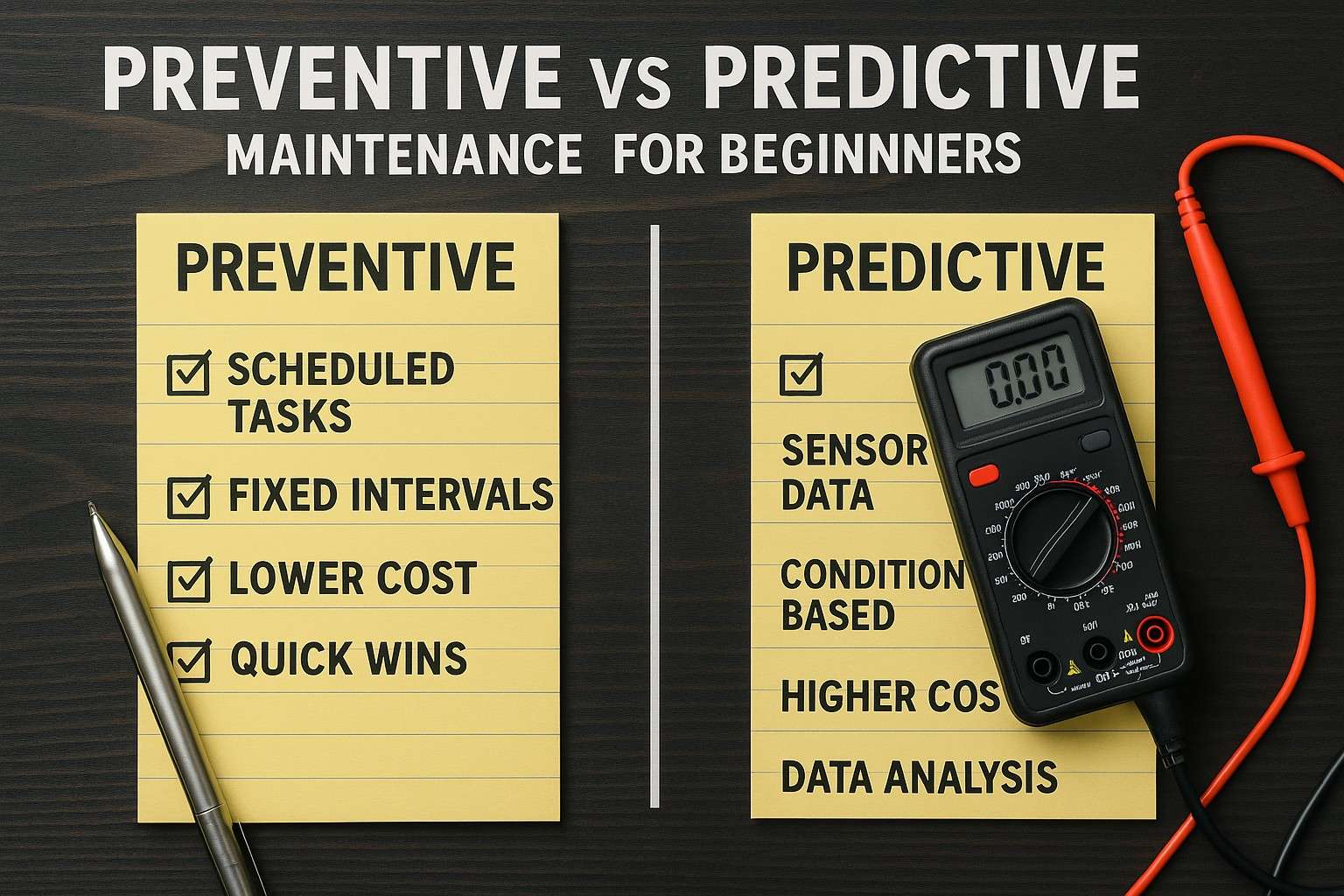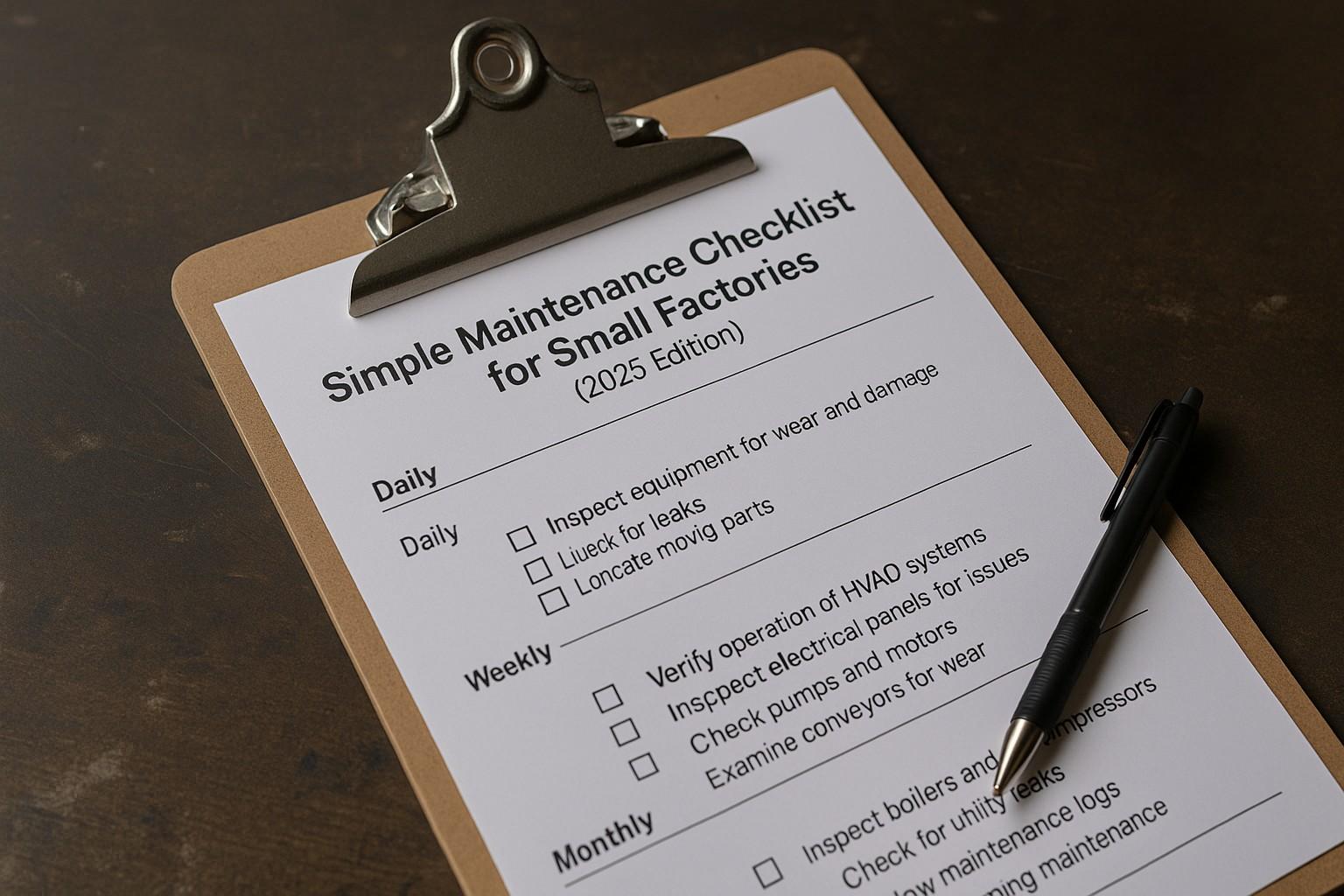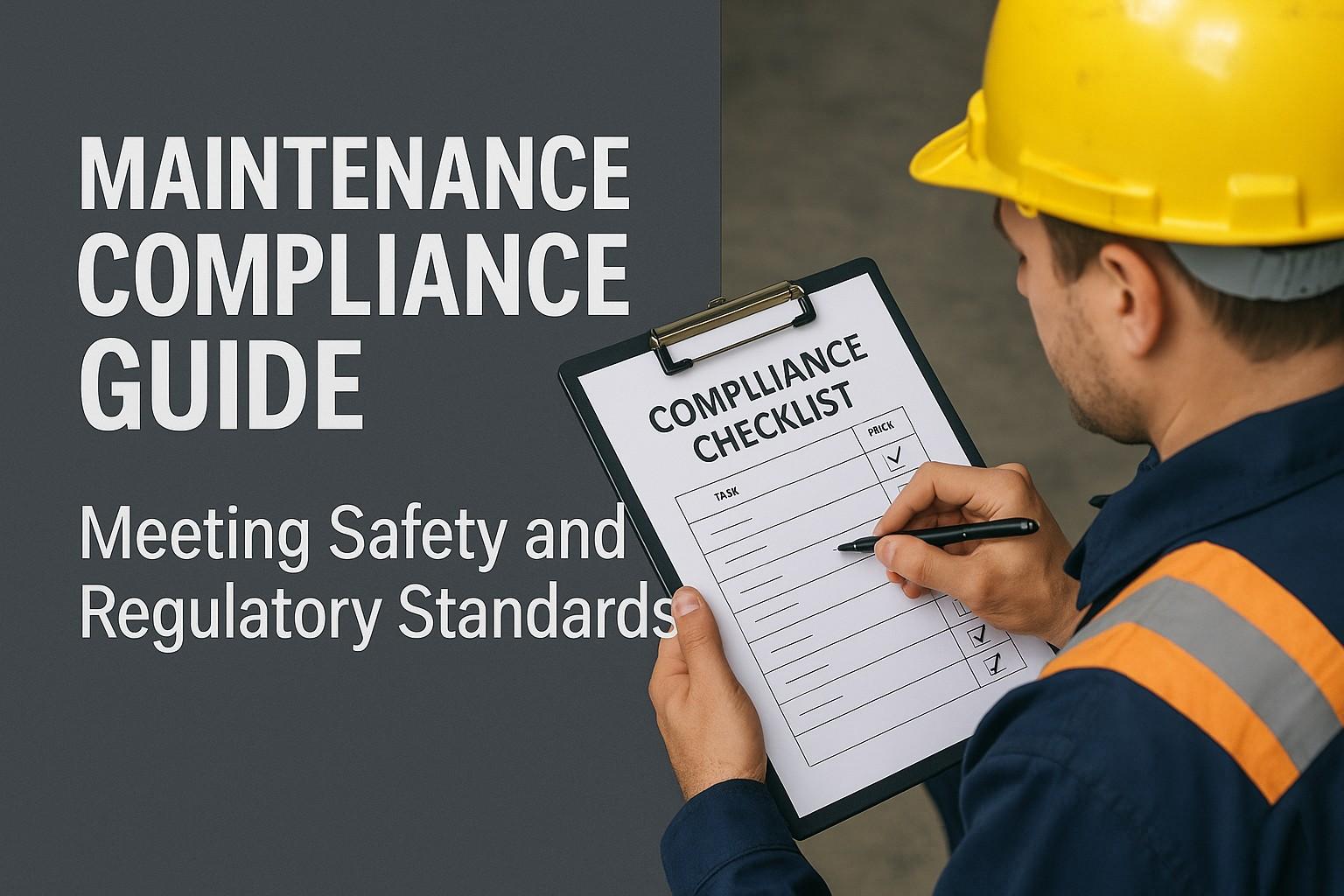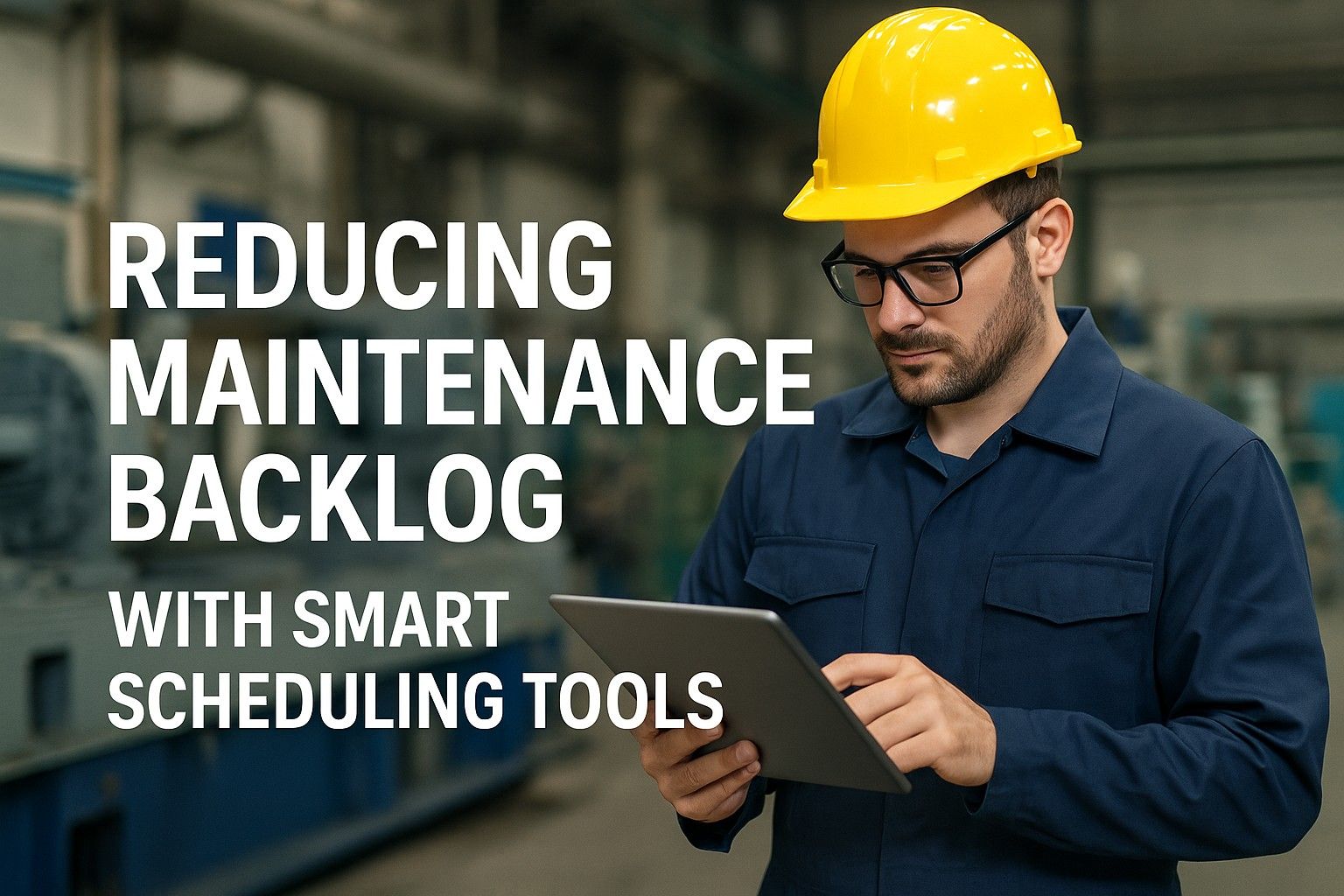The future of predictive maintenance represents a revolutionary transformation in industrial asset management that will fundamentally reshape how organizations approach equipment reliability, operational efficiency, and strategic competitiveness by 2030. Industry analysts project that facilities adopting next-generation predictive maintenance technologies will achieve 95% reduction in unexpected failures, 85% improvement in asset utilization, and $250,000+ annual cost savings per facility. Forward-thinking organizations recognize that the future of predictive maintenance will be defined by autonomous systems, digital twin integration, and AI-driven decision-making while establishing new paradigms for operational excellence and competitive advantage in the Industry 5.0 era.
The industrial landscape is evolving at an unprecedented pace, driven by exponential advances in artificial intelligence, Internet of Things, edge computing, and digital twin technologies. The future of predictive maintenance transcends current reactive and preventive approaches to encompass fully autonomous maintenance ecosystems that self-diagnose, self-heal, and continuously optimize without human intervention. These intelligent systems will integrate seamlessly with production operations, supply chains, and business intelligence platforms to create unified operational frameworks that maximize productivity and profitability.
Manufacturing organizations worldwide are positioning themselves for this transformative shift, recognizing that early adoption of next-generation predictive maintenance technologies will determine market leadership and competitive survival in the coming decade. Traditional maintenance approaches—even today's predictive strategies—will become obsolete as autonomous systems, digital twins, and cognitive analytics redefine operational possibilities. Oxmaint is pioneering these future-ready technologies, enabling organizations to transition seamlessly from today's predictive capabilities to tomorrow's autonomous maintenance ecosystems.
Position your organization for the future of maintenance today. Discover how next-generation predictive technologies will transform your operations by 2030. Join industry leaders who are already implementing tomorrow's maintenance solutions.
Start Future-Ready Assessment Schedule Innovation ConsultationDigital Twins: The Foundation of Future Maintenance
Digital twin technology will emerge as the cornerstone of predictive maintenance by 2030, creating virtual replicas of physical assets that enable real-time simulation, optimization, and autonomous decision-making. These sophisticated digital representations will continuously mirror their physical counterparts, processing thousands of data points per second to predict failures, optimize performance, and prescribe maintenance actions with unprecedented accuracy. Organizations implementing comprehensive digital twin strategies will achieve 98% prediction accuracy and eliminate virtually all unplanned downtime.
Real-Time Asset Mirroring
Advanced sensors and IoT networks creating exact digital replicas that mirror physical asset behavior, enabling predictive simulation and scenario testing before implementing changes.
Predictive Simulation
Virtual testing environments that simulate thousands of operational scenarios, predict equipment behavior under various conditions, and identify optimal maintenance strategies.
Performance Optimization
Continuous analysis of digital twin data to identify efficiency opportunities, optimize operational parameters, and maximize asset performance without physical experimentation.
Lifecycle Management
Comprehensive digital records spanning entire asset lifecycles, enabling predictive analysis of degradation patterns and optimal replacement timing decisions.
Digital Twin Implementation Capabilities
Next-generation digital twin platforms integrate five transformative capabilities that create unprecedented predictive accuracy, operational insight, and autonomous decision-making. Understanding these capabilities provides organizations with the framework for successful digital twin adoption and competitive advantage in the Industry 5.0 landscape.
Sensor Fusion Integration
Advanced integration of multiple sensor types—vibration, thermal, acoustic, electrical—creating comprehensive asset health profiles that capture every aspect of equipment condition and performance.
AI-Powered Analytics
Machine learning algorithms that continuously analyze digital twin data, identify complex patterns invisible to human operators, and predict equipment behavior with 99% accuracy that will revolutionize your maintenance operations.
Prescriptive Recommendations
Intelligent systems that not only predict failures but automatically prescribe specific maintenance actions, optimal timing, and resource requirements for maximum effectiveness.
Virtual Commissioning
Digital twin environments enabling complete equipment testing, maintenance procedure validation, and operator training in virtual spaces before physical implementation.
Autonomous Maintenance Systems and AI Integration
The Rise of Cognitive Maintenance
Autonomous maintenance systems powered by advanced artificial intelligence will fundamentally transform industrial operations by 2030, creating self-managing asset ecosystems that require minimal human intervention. These cognitive systems will continuously monitor equipment health, predict failures with near-perfect accuracy, automatically schedule maintenance, deploy robotic technicians, and optimize operational parameters in real-time. Early adopters of autonomous maintenance technologies report projected savings exceeding $500,000 annually per facility by 2030. Oxmaint is developing cutting-edge autonomous maintenance platforms that position organizations at the forefront of this transformative revolution.
Self-Diagnosing Systems
AI algorithms that continuously assess equipment health, identify anomalies at microscopic levels, and diagnose issues before they impact operations or require human analysis.
Automated Decision Engines
Cognitive systems that autonomously determine optimal maintenance actions, schedule interventions, allocate resources, and coordinate activities across entire facilities without human input.
Robotic Maintenance Execution
Integration with advanced robotics enabling autonomous execution of routine maintenance tasks, inspections, and minor repairs while human technicians focus on strategic activities.
Continuous Learning Systems
Neural networks that improve prediction accuracy and decision quality over time by learning from every maintenance event, operational change, and equipment behavior pattern.
Industry 5.0 and the Human-Machine Collaboration
Redefining Maintenance Roles
Industry 5.0 principles will transform how humans and intelligent systems collaborate in maintenance operations, creating synergistic partnerships that combine artificial intelligence capabilities with human expertise, creativity, and strategic thinking. This evolution represents a fundamental shift from human-versus-machine to human-plus-machine paradigms, where AI handles routine analysis and decision-making while humans focus on innovation, complex problem-solving, and continuous improvement. Organizations beginning their Industry 5.0 journey through expert guidance and strategic planning achieve transformation success rates 75% higher than those attempting independent implementation. Oxmaint provides comprehensive Industry 5.0 readiness programs that ensure seamless integration of advanced technologies with human capabilities.
Augmented Intelligence
AI systems that enhance rather than replace human decision-making, providing maintenance technicians with real-time insights, recommendations, and predictive intelligence during troubleshooting.
Collaborative Robotics
Safe human-robot collaboration where cobots assist technicians with physical tasks, hazardous inspections, and precision maintenance while humans provide guidance and oversight.
Immersive Training
Virtual and augmented reality platforms that train maintenance teams on complex procedures, rare failure scenarios, and new equipment using immersive digital environments.
Strategic Workforce Evolution
Transformation of maintenance roles from reactive troubleshooting to strategic asset optimization, continuous improvement, and innovation management as AI handles routine tasks.
Advanced Predictive Analytics and Edge Computing
Real-Time Intelligence at the Edge
Edge computing integration with predictive analytics will revolutionize maintenance operations by enabling real-time decision-making at the asset level without dependence on cloud connectivity or centralized processing. These distributed intelligence systems will process sensor data instantaneously, identify critical anomalies within milliseconds, and trigger automated responses before failures propagate through production systems. Edge-enabled predictive maintenance achieves response times 1000x faster than cloud-dependent systems while ensuring operational continuity even during network disruptions.
- Instantaneous failure detection through edge-based analytics that identify critical anomalies and initiate protective actions within milliseconds of occurrence
- Network-independent operation ensuring continuous predictive maintenance capabilities even during connectivity disruptions or cyber incidents
- Reduced data transmission costs by processing information locally and transmitting only critical insights to centralized systems
- Enhanced security and privacy through distributed processing that keeps sensitive operational data within facility boundaries
- Scalable intelligence enabling deployment of sophisticated AI models across thousands of assets without overwhelming network or cloud infrastructure
Quantum Computing and Predictive Analytics
Emerging quantum computing technologies will transform predictive maintenance analytics by enabling analysis of exponentially more complex equipment relationships, failure patterns, and optimization scenarios than classical computing allows. By 2030, quantum-enhanced predictive systems will simultaneously analyze billions of variable combinations, identify subtle interdependencies across entire production ecosystems, and optimize maintenance strategies with unprecedented precision. Early quantum computing pilot programs in predictive maintenance are already demonstrating 10x improvements in optimization quality and prediction accuracy.
Complex Pattern Recognition
Quantum algorithms identifying intricate failure patterns and equipment interdependencies invisible to classical analytics, enabling prediction of cascade failures and system-level issues.
Global Optimization
Simultaneous optimization of maintenance schedules, resource allocation, and production planning across entire facilities considering millions of variables and constraints.
Molecular-Level Analysis
Quantum simulation of material degradation at molecular levels, predicting equipment wear patterns and failure mechanisms with atomic precision for unprecedented accuracy.
Risk Quantification
Advanced probabilistic analysis of all possible failure scenarios and their cascading impacts, enabling truly comprehensive risk management and mitigation strategies.
Global Adoption Trends and Market Evolution
Worldwide Predictive Maintenance Transformation
Global adoption of advanced predictive maintenance is accelerating rapidly, with industry analysts projecting that 85% of manufacturing facilities worldwide will implement AI-driven predictive systems by 2030. This transformation spans all sectors—from automotive and aerospace to food processing and pharmaceuticals—as organizations recognize that predictive maintenance excellence has become a fundamental requirement for competitive survival. Regional adoption patterns reveal interesting dynamics, with Asia-Pacific leading in edge computing integration, Europe driving sustainability-focused predictive strategies, and North America pioneering autonomous maintenance implementations. Organizations exploring these transformative opportunities through comprehensive technology assessments position themselves advantageously for global competitiveness.
Asia-Pacific Innovation
Leading adoption of edge computing and IoT integration with 92% of manufacturers implementing advanced sensor networks and distributed intelligence systems by 2028.
European Sustainability Focus
Driving predictive maintenance integration with circular economy principles, achieving 70% reduction in waste and 85% improvement in energy efficiency through intelligent optimization.
North American Automation
Pioneering fully autonomous maintenance ecosystems with 75% of Fortune 500 manufacturers implementing self-managing asset systems by 2029.
Emerging Market Leapfrogging
Rapid adoption of latest technologies without legacy system constraints, enabling emerging markets to implement cutting-edge predictive capabilities from inception.
Integration with Enterprise Systems and Supply Chains
Holistic Operational Intelligence
Future predictive maintenance systems will integrate seamlessly with enterprise resource planning, supply chain management, quality systems, and business intelligence platforms, creating unified operational ecosystems where maintenance intelligence drives strategic decisions across entire organizations. This holistic integration enables proactive supply chain adjustments based on predicted maintenance needs, dynamic production scheduling around anticipated equipment availability, and strategic capital planning informed by asset lifecycle predictions. Oxmaint is pioneering these integrated platforms that position predictive maintenance as a strategic value driver rather than an isolated operational function.
Supply Chain Synchronization
Predictive systems automatically adjusting parts procurement, inventory levels, and supplier schedules based on anticipated maintenance requirements weeks in advance.
Production Optimization
Dynamic manufacturing schedules that automatically adjust to predicted equipment availability, maximizing throughput while ensuring maintenance windows align with production demands.
Quality Integration
Correlation of equipment condition with product quality metrics, enabling proactive intervention before degraded equipment impacts output specifications or customer satisfaction.
Financial Planning
Predictive maintenance intelligence informing capital budgeting, insurance optimization, and strategic investment decisions through accurate asset lifecycle forecasting.
Cybersecurity and Data Governance in Future Systems
Securing Intelligent Maintenance Ecosystems
Advanced cybersecurity frameworks will become critical as predictive maintenance systems evolve into interconnected, AI-driven ecosystems processing sensitive operational data and controlling critical infrastructure. By 2030, predictive maintenance platforms will incorporate zero-trust architectures, quantum-resistant encryption, and AI-powered threat detection to protect against sophisticated cyberattacks targeting industrial systems. Organizations must balance the benefits of connectivity and intelligence with robust security measures that prevent unauthorized access, data breaches, and operational disruption.
Zero-Trust Architecture
Security frameworks that verify every access request, encrypt all data transmissions, and maintain strict access controls across distributed predictive maintenance networks.
AI Threat Detection
Intelligent security systems that continuously monitor for anomalous behavior patterns, identify potential cyber threats, and automatically initiate protective responses.
Blockchain Validation
Distributed ledger technologies ensuring data integrity, maintenance record authenticity, and tamper-proof audit trails across complex multi-vendor ecosystems.
Privacy-Preserving Analytics
Advanced techniques like federated learning enabling collaborative predictive model development while maintaining strict data privacy and regulatory compliance.
Sustainability and Circular Economy Integration
Environmental Intelligence Through Predictive Analytics
Future predictive maintenance systems will play pivotal roles in achieving sustainability goals and enabling circular economy principles through intelligent optimization of resource consumption, waste reduction, and equipment lifecycle extension. By 2030, advanced predictive analytics will help organizations reduce energy consumption by 60%, extend asset life by 80%, and decrease maintenance-related waste by 90% compared to current practices. These systems will automatically optimize equipment performance for minimum environmental impact while maintaining productivity, predict optimal equipment refurbishment timing, and enable component reuse and remanufacturing through precise condition assessment.
- Energy optimization through AI-driven efficiency tuning that continuously adjusts equipment parameters for minimum energy consumption while maintaining performance targets
- Waste elimination via precise prediction of component lifecycle endpoints, enabling planned maintenance that eliminates wasteful premature replacements
- Circular economy enablement through accurate component condition assessment that facilitates remanufacturing, refurbishment, and material recovery programs
- Carbon footprint reduction by optimizing maintenance schedules, reducing emergency repairs requiring expedited shipping, and extending equipment operational life
- Regulatory compliance through automated tracking of environmental metrics, emissions monitoring, and sustainability reporting integrated with predictive systems
Implementation Roadmap for Future-Ready Organizations
Your Path to Predictive Maintenance Excellence by 2030
Successful transformation to next-generation predictive maintenance requires strategic planning, phased implementation, and continuous evolution as technologies advance. Organizations beginning their journey today position themselves to achieve full autonomous maintenance capabilities by 2030, while those delaying risk technological obsolescence and competitive disadvantage. The smartest manufacturers are engaging with strategic technology partners to develop comprehensive roadmaps aligned with their operational needs and business objectives. Oxmaint provides expert guidance for organizations at every stage of their predictive maintenance evolution, from initial assessment through autonomous system deployment.
Current State Assessment
Comprehensive evaluation of existing maintenance practices, data infrastructure, and organizational readiness to identify gaps and opportunities for technology adoption.
Technology Roadmap Development
Strategic planning that sequences technology implementations—from IoT and analytics to digital twins and autonomous systems—aligned with business priorities and resource availability.
Phased Implementation
Systematic deployment beginning with high-value use cases that demonstrate ROI quickly while building organizational capabilities and confidence in advanced technologies.
Continuous Evolution
Ongoing technology adoption, capability enhancement, and process optimization ensuring organizations remain at the forefront of predictive maintenance innovation through 2030 and beyond.
Preparing Your Workforce for the Autonomous Future
Skills Development and Change Management
Workforce transformation represents a critical success factor as organizations transition from traditional maintenance practices to autonomous, AI-driven ecosystems. By 2030, maintenance professionals will require dramatically different skill sets—combining data analytics, AI system management, robotics collaboration, and strategic optimization capabilities. Organizations investing in comprehensive workforce development programs achieve 85% higher adoption rates and 90% better long-term outcomes than those neglecting human factors in digital transformation initiatives.
Digital Literacy Programs
Comprehensive training developing maintenance team capabilities in data analytics, AI system interaction, digital twin operation, and technology-enabled decision-making.
Role Evolution Planning
Strategic workforce planning that redefines maintenance roles from reactive troubleshooting to proactive optimization, continuous improvement, and innovation management.
Change Management
Systematic programs addressing organizational culture, resistance to change, and adoption challenges through communication, engagement, and demonstration of technology benefits.
Continuous Learning
Ongoing education programs ensuring maintenance teams remain current with rapidly evolving technologies, best practices, and emerging capabilities throughout the 2030 journey.
The Competitive Imperative: Why Timing Matters
First-Mover Advantages in Predictive Maintenance Evolution
The window for competitive advantage through early adoption of next-generation predictive maintenance technologies is rapidly closing as industry leaders accelerate their digital transformation initiatives. Organizations implementing advanced predictive systems in 2025-2026 will achieve significant first-mover advantages—establishing operational excellence, capturing market share, and building technological capabilities that create sustainable competitive moats. Delayed adoption risks not only missing these advantages but falling behind competitors who will leverage superior asset reliability, lower costs, and higher quality to dominate their markets by 2030.
The future of predictive maintenance is unfolding now, and industry leaders are already securing their competitive advantages. Every month of delay allows competitors to strengthen their positions with superior technologies, lower costs, and operational excellence that will be difficult to match. The organizations that act today will lead their industries tomorrow—don't let this transformational opportunity pass by while others capture the benefits of autonomous maintenance systems.
Begin Your Future-Ready Journey Schedule Strategic Planning Session